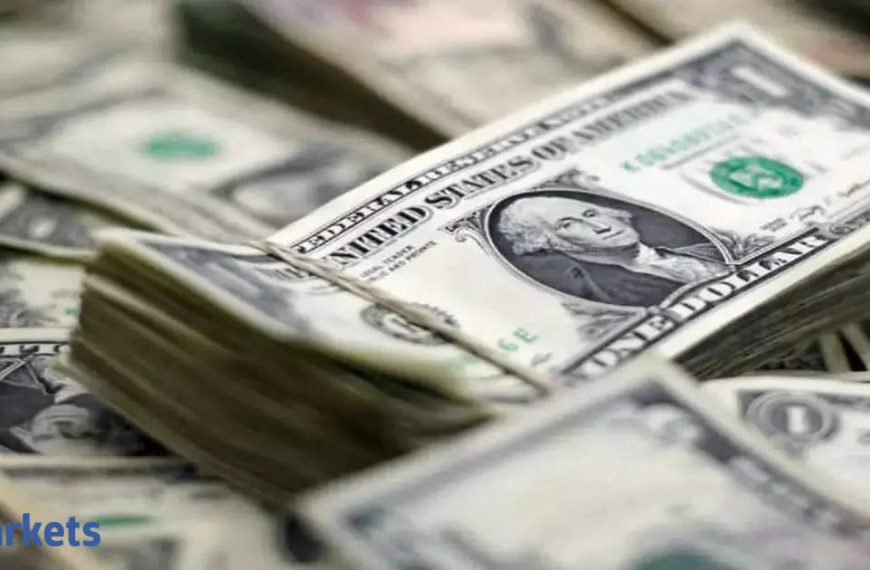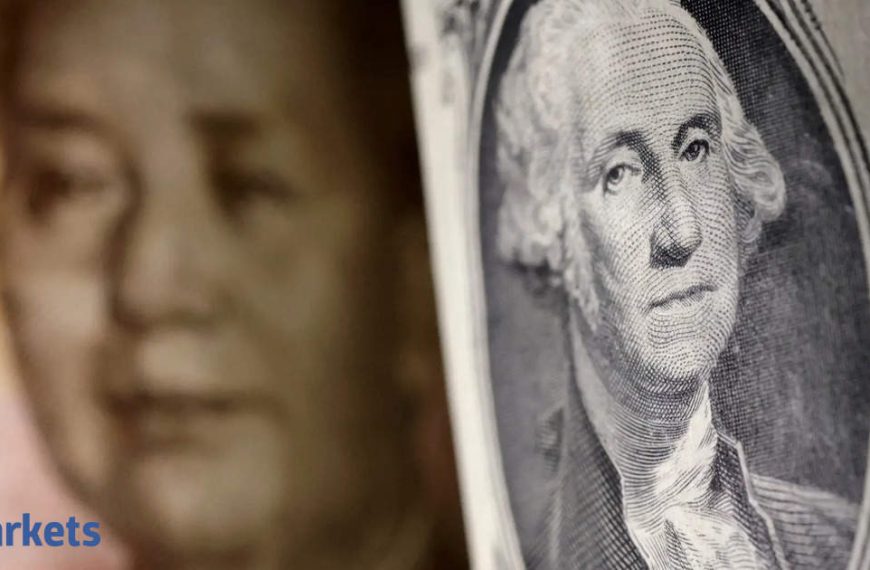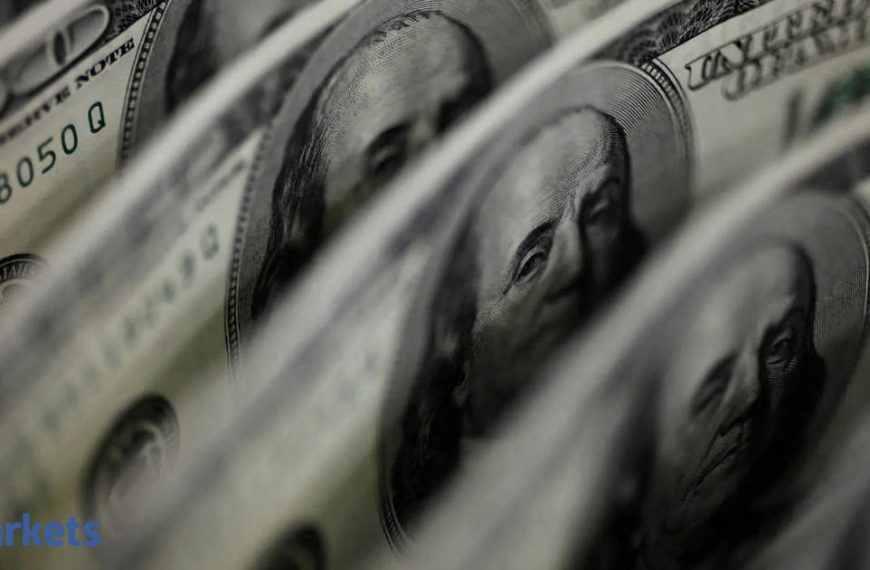On Friday, the U.S. dollar experienced a significant decline as investor confidence in the American economy wavered. This shift led many to move away from U.S. assets, favoring safer options such as the Swiss franc, Japanese yen, euro, and even gold. The impact on the dollar was profound, marking a notable trend in the markets.
Safe Haven Assets Shine
The yellow metal, gold, reached a historic peak during early trading in Asia, while the Swiss franc hit a ten-year high. This sudden pivot toward safe havens came as investors reacted to the turmoil on Wall Street, following a brief rally earlier in the week. On Wednesday, a surprising announcement from former President Donald Trump about tariff suspensions had momentarily lifted spirits, but the market’s optimism quickly evaporated.
-
Gold:
- Reached a record $3,217.43 per ounce.
- Swiss Franc:
- Hit a decade high against the dollar.
The volatility was exacerbated by the rapid sell-off of longer-dated U.S. Treasuries, leading to a significant increase in 10-year yields—the largest weekly rise since 2001.
Tariff Tensions Escalate
Despite the brief reprieve, Trump’s 90-day tariff suspension did not apply to China, where duties on imports surged to an effective 145%. This development intensified the ongoing economic tension between the two largest global economies. The Chinese yuan, which had plummeted to an all-time low on Tuesday, rebounded sharply, regaining lost ground by Thursday.
Chris Weston, head of research at Pepperstone, noted the prevailing “sell U.S.” sentiment and remarked, "The recent moves suggest that foreign entities are reallocating their investments, particularly in light of heightened system risks."
Market Reactions
As the dollar weakened, it fell by 1.2% to 0.81405 Swiss francs, the lowest level since January 2015. The currency also dropped to 143.10 yen, marking its weakest position since October 1. Additionally, the dollar slid 0.5% to C$1.3912, hitting a five-month low against the Canadian dollar.
- Dollar Index:
- Fell 1.2%, dipping below the 100 level for the first time since July 2023.
The euro strengthened, rising by 1.7% to $1.13855, a level not seen since February 2022. Meanwhile, the dollar also declined 0.2% against the yuan in the offshore market, marking a three-day decrease of 1.8%.
Uncertain Economic Landscape
The ongoing back-and-forth on tariffs has left investors feeling uneasy. U.S. Treasury Secretary Scott Bessent claimed the tariff suspension was a pre-planned strategy to encourage negotiations with trading partners. However, Trump’s fluctuating stance has left many leaders and business executives perplexed about future market conditions.
The dollar’s poor performance reflects broader concerns regarding U.S. economic stability, making it crucial for investors to keep a close eye on developments in both domestic and international markets.
As uncertainty looms, the trend toward safe-haven investments continues, prompting a reevaluation of financial strategies and asset allocations.











